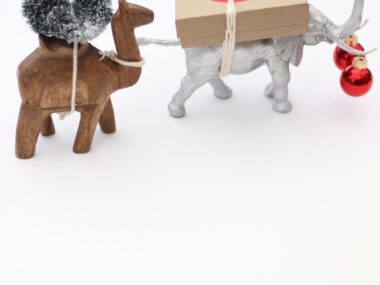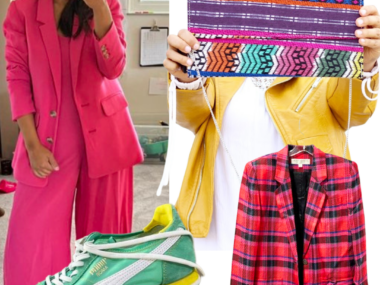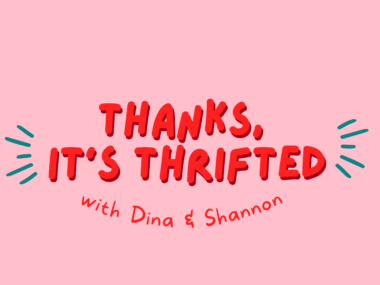Podcast: Play in new window | Download
Subscribe: Apple Podcasts | Spotify | Amazon Music | Android | RSS | More
Much of what we purchase will eventually end up in the donation stream, and on average Goodwills and other charity shops only sell about a third of what is donated.
This is still a lot of stuff out of landfills. Charity thrift stores play a major role in reducing textile waste, in addition to providing programs for local communities.
However, before you drop off that bag of stuff to your local thrift store, it’s important to remember to practice conscious decluttering. Being a more responsible donor will increase likelihood that your secondhand stuff will get a second life and not end up in a landfill.
Quick Links
Secondhand: Travels in the New Global Garage Sale (Book)
Adam Minter discussion on C-Span
Adam Minter interview on NPR
What happens to the clothes you donate them to Planet Aid?
How to donate your used stuff responsibly:
Check to see what your local donation center accepts
Thrift stores receive a lot of stuff that they can’t accept, including hazardous materials and other items that thrift stores have to dispose of, which can be very costly. Take a minute to check with your local donation center to see what they accept before making a donation.
Wash and clean items before dropping them off at a donation center or bin.
This will increase the likelihood of your item being placed on the sales floor and eventually resold to a new buyer.
Ask if the donation center / charity accepts unwearable textiles.
Some thrift stores like Goodwill Akron will accept “salvaged” items that will be sold to textile recyclers that will turn them into rags or insulation. Not all thrift stores do this, but it’s worth asking.
Donate items you’re no longer wearing or using, especially those higher quality items.
Ever go to a thrift store and wonder: who would donate that?! Those donations help keep the resale stream working beautifully. Remember: The better quality the donation to a local charity, the more likely it will be purchased or used quickly and locally – in turn extending its life cycle.
So maybe you’re holding on to a sweater from two years ago that still has the tags still attached. Or you have a bridesmaid’s dress you wore once and it’s tucked away in a closet. Do you have a bin of “just in case _____” clothes (insert your excuse here: lose weight, my daughter might want this). Releasing our emotional attachment to valuable and quality things we no longer have use for can be a remarkable thing.
Donate your stuff to a cause you believe in.
Speaking of releasing our emotional attachment to valuable things, it can be very difficult to let go of our stuff, especially when it’s expensive, or has a strong sentimental value. Finding a resale charity or organization with a mission that you believe in makes that process a little easier. It helps to know that my donation is going to a good home through an organization making a positive impact on my local community. There are dozens upon dozens of charities that accept secondhand clothing to support their mission. Look into one that speaks to you on a personal level.
Inquire about the donation process
So many of us don’t think twice about where our old stuff ends up. We bag it up and just want it out of our house. You don’t have to get into the weeds of the process, but finding out simple things like what the organization is going to do with your stuff, and whether they are for-profit or a charity donation center could have a huge impact on what and how you donate your stuff. (Fun fact, not all donation centers are charities!)
Be more selective about what you buy in the first place.
So much of what we buy will eventually end up in the resale stream. Cheaply made items are not made to last, therefore having a greater chance of ending up in a landfill. Higher quality items have a greater chance of having a new life after they are donated.
This is the problem with fast fashion and the decline in quality clothing. After these items are worn 1-10 times and end up in a donation bin at a local thrift store, some either might not sell or in some cases aren’t even put on the sales floor because the quality is so bad. So they get sold to textile recycling buyers who can’t recycle them into rags and might have difficulty reselling them to markets in other countries.
Experience the thrift store as a shopper, not just a donor
If you frequently donate to a thrift store but never pulled around the front to shop, consider giving it a chance! Experiencing a resale store as shopper in addition to a donor is a great way to become more mindful of you what and how you donate while understanding how thrift stores operate on the “other” side!










